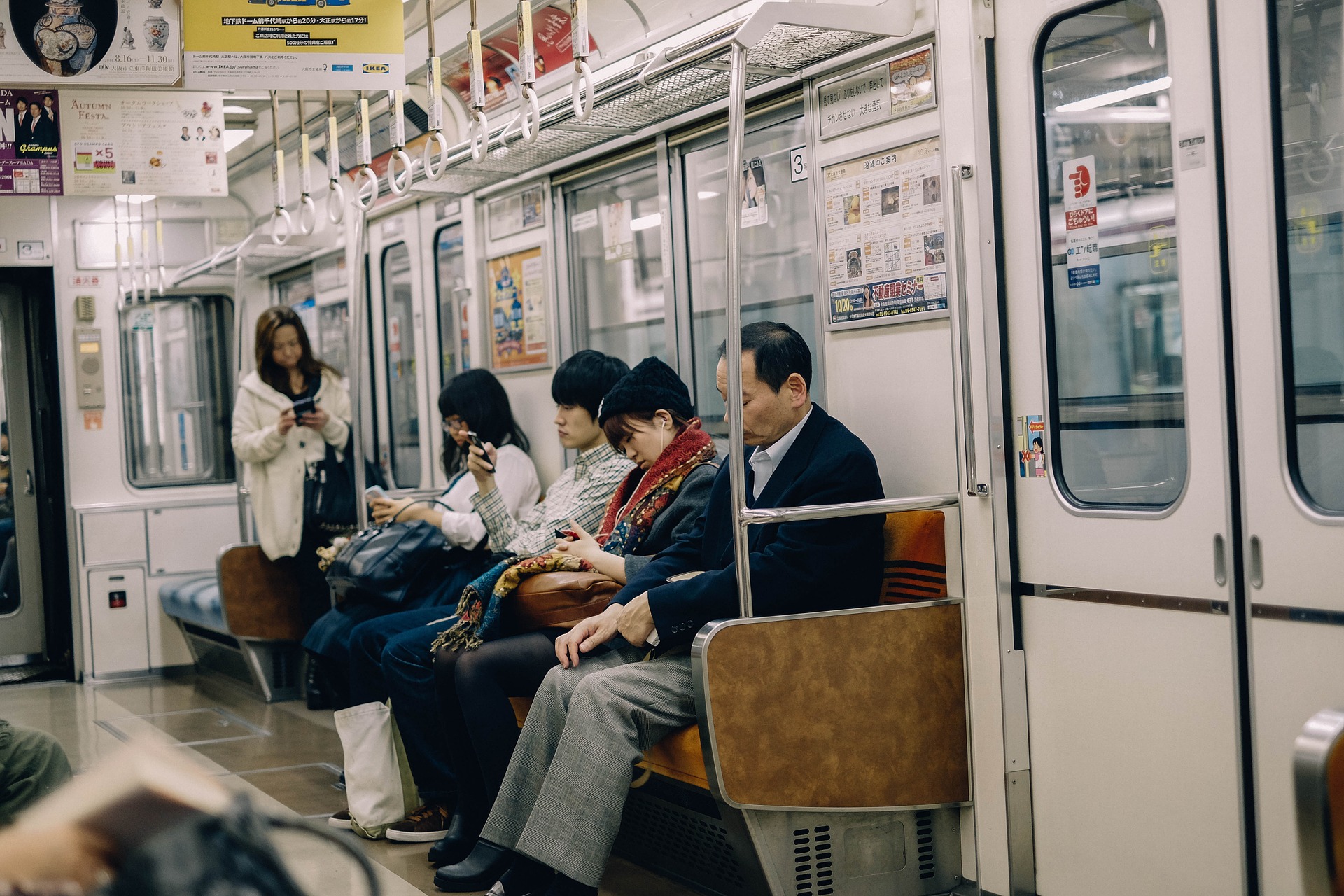Piliavin et al (1969)
 Piliavin et al (1969) is a classic studying of bystanderism vs helping behaviour. The study may be used to explain factors that influence bystanderism, as well as a question on approaches to research or ethical considerations in the study of human relationships.
Piliavin et al (1969) is a classic studying of bystanderism vs helping behaviour. The study may be used to explain factors that influence bystanderism, as well as a question on approaches to research or ethical considerations in the study of human relationships.
You can see the original study here.
Piliavin et al (1969) carried out a field experiment in order to study how various situational factors may influence prosocial behaviour. They chose a field experiment rather than a laboratory experiment to guarantee a higher rate of ecological validity.
The participants in the study were an opportunity sample of New York subway travellers who were observed between 11 a.m. and 3 p.m. While they were on a non-stop 7.5 minute journey between stations, they would witness one of two scenarios: either a man with a cane who appeared ill or a man who appeared drunk would fall to the floor of the subway car.
The “victims” were men, aged 25–35, who were dressed and acted identically. They collapsed to the floor 70 seconds after the train left the station and remained on the floor until they were helped. A “model-helper” was instructed to help after 70 seconds if no one else offered assistance.
Two female researchers recorded the data. The independent variables were the type of victim (drunk or ill) and the size of the group. The researchers measured the following dependent variables: frequency of help, the speed of help, the sex of the helper, movement away from the victim, and verbal comments. In other words, they gathered both quantitative and qualitative data.
There were 103 trials, and of these, 38 involved a drunk victim who smelled of alcohol and carried a bottle in a bag, while the remaining 65 trials involved a sober victim with a cane.
Overall, 78 per cent of the time, someone helped spontaneously; this occurred in 62 of the 65 trials where the victim had a cane and 19 of the 38 trials where the victim was “drunk.” 60 per cent of the time that someone helped, more than one helper was involved.
The median response time for helping the man with the cane was 5 seconds; for the drunk victim, there was a median response time of 109 seconds. Overall, it took people longer to assist the drunk person in need of help than the ill man. It appears that it took people longer to consider the costs and benefits when the man who fell was drunk than when he was ill and had a cane. It was found that 90% of helpers were male. Although there were more men present, this percentage was statistically significant.
The researchers also found that there were more comments made about the incident the longer that the victim waited for help - and there were more comments made when they thought the victim was drunk.
In the original study, they also had both African American and white males as confederates, but there was no significant difference in the rate of helping with regard to the race of the victim.
Most importantly, diffusion of responsibility was not observed. In fact, the researchers found just the opposite - the larger the group, the quicker the help.
The study has high ecological validity because it was carried out in the field - that is, in a real-life situation. Also, since the participants did not know that they were being observed and that the situation was staged, they were not likely to demonstrate demand characteristics.
A field experiment is always less controlled than a laboratory experiment, resulting in lower internal validity. Although the procedure was highly standardized, it is questionable to what extent we can draw conclusions about cause and effect.
The time taken for people to help was used as an indicator that the participants were weighing the cost and benefits of helping. This may not be a highly accurate measure of the variable. The study may suffer from low construct validity.
The study is limited to both the type of help that was required and the type of victim. The victims were all male. Having female victims may make a difference in the behaviour of the individuals. In addition, the sample was all American. Sampling bias mean that generalizability is limited.
There are several ethical concerns about this study. First, the participants were deceived. They did not give consent to be in a study and they did not know that the victim's troubles were staged. In addition, since some would get off the metro when it stopped, it was not possible to debrief them, letting them know that they were part of a study. Some of the participants may have felt anxiety about what they had seen or the fact that they didn't help. This is an example of undue stress.
There is also criticism of the Arousal Cost Reward Model. Many feel that it is a pessimistic explanation of human behaviour. It does not explain altruism and assumes that people make rational decisions. As we know from our study of decision making, this is not always the case.

 IB Docs (2) Team
IB Docs (2) Team
